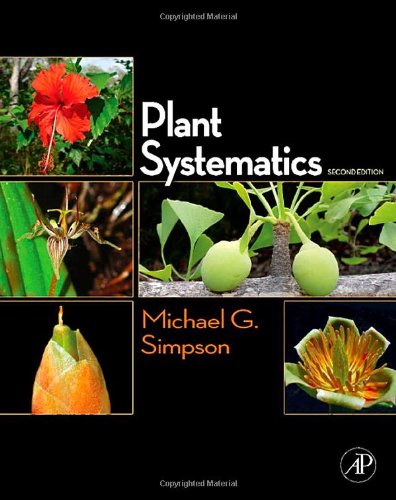

Most ebook files are in PDF format, so you can easily read them using various software such as Foxit Reader or directly on the Google Chrome browser.
Some ebook files are released by publishers in other formats such as .awz, .mobi, .epub, .fb2, etc. You may need to install specific software to read these formats on mobile/PC, such as Calibre.
Please read the tutorial at this link: https://ebookbell.com/faq
We offer FREE conversion to the popular formats you request; however, this may take some time. Therefore, right after payment, please email us, and we will try to provide the service as quickly as possible.
For some exceptional file formats or broken links (if any), please refrain from opening any disputes. Instead, email us first, and we will try to assist within a maximum of 6 hours.
EbookBell Team

4.1
10 reviewsIn this second edition, the author includes greatly expanded treatments of families of lycophytes, ferns, gymnosperms, and flowering plants (all with full-color plates), a new chapter on species concepts and the role of systematics in conservation biology, and a new appendix summarizing basic statistical and morphometric techniques used in plant systematics studies. An explanation of maximum likelihood and Bayesian inference algorithms is included in methods of phylogenetic inference, and chapters on morphology and plant nomenclature have been augmented with new material.
The second edition of Plant Systematics has been expanded to include:
* Fifteen fern families, 9 gymnosperm families, and an increase of angiosperm family treatments from 100 to 129. Each family description includes a plate of full color photographs, illustrating exemplars of the group along with dissected and labeled material to show diagnostic features.
* A new chapter on species concepts and the role and impact of plant systematics in conservation biology.
* A new appendix on statistical and morphometric techniques in plant systematics.
* In addition, the second edition contains more detailed explanations of maximum likelihood and Bayesian phylogeny inference methods, an expanded coverage and glossary of morphological terms, and an updated chapter on botanical nomenclature.